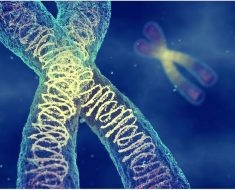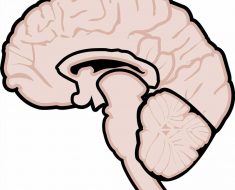Many people achieve healthy levels by eating a balanced diet and through other aspects of their lifestyle. However, some require medication to prevent additional health problems.
What is dyslipidemia?

Dyslipidemia occurs when someone has abnormal levels of lipids in their blood. While the term describes a wide range of conditions, the most common forms of dyslipidemia involve:
- high levels of low-density lipoproteins (LDL), or bad cholesterol
- low levels of high-density lipoproteins (HDL), or good cholesterol
- high levels of triglycerides
- high cholesterol, which refers to high LDL and triglyceride levels
Lipids, or fats, are building blocks of life and provide energy to cells. Lipids include:
- LDL cholesterol, which is considered bad because it can cause plaques to form in the blood vessels.
- HDL cholesterol, which is regarded as good because it can help to remove LDL from the blood.
- Triglycerides, which develop when calories are not burned right away and are stored in fat cells.
Healthy blood lipid levels naturally vary from person to person. However, people with high levels of LDL and triglycerides or very low HDL levels tend to have a higher risk of developing atherosclerosis.
Atherosclerosis develops when hard, fatty deposits called plaques accumulate in blood vessels, making it difficult for blood to flow.
Over time, these plaques can build up and cause major circulation problems, such as heart attacks and strokes.

Genetic factors cause primary dyslipidemia, and it is inherited. Common causes of primary dyslipidemia include:
- Familial combined hyperlipidemia, which develops in teenagers and young adults and can lead to high cholesterol.
- Familial hyperapobetalipoproteinemia, a mutation in a group of LDL lipoproteins called apolipoproteins.
- Familial hypertriglyceridemia, which leads to high triglyceride levels.
- Homozygous familial or polygenic hypercholesterolemia, a mutation in LDL receptors.
Secondary dyslipidemia
Secondary dyslipidemia is caused by lifestyle factors or medical conditions that interfere with blood lipid levels over time.
Common causes of secondary dyslipidemia include:
- obesity, especially excess weight around the waist
- diabetes
- hypothyroidism
- alcohol use disorder, also known as alcoholism
- polycystic ovary syndrome
- metabolic syndrome
- excessive consumption of fats, especially saturated and trans fats
- Cushing’s syndrome
- inflammatory bowel disease, commonly known as IBS
- severe infections, such as HIV
- an abdominal aortic aneurysm

A doctor will usually focus on lowering a person’s levels of triglycerides and LDL. However, treatment can vary, depending on the underlying cause of dyslipidemia and how severe it is.
Doctors may prescribe one or more lipid-modifying medications for people with very high total cholesterol levels of at least 200 milligrams per deciliter of blood.
High cholesterol is usually treated with statins, which interfere with the production of cholesterol in the liver.
If statins fail to lower LDL and triglyceride levels, a doctor may recommend additional medications, including:
- ezetimibe
- niacin
- fibrates
- bile acid sequestrants
- evolocumab and alirocumab
- lomitapide and mipomersen
Some lifestyle changes and supplements can help to encourage healthy blood lipid levels.
Natural treatments include:
- reducing the consumption of unhealthy fats, such as those found in red meats, full-fat dairy products, refined carbohydrates, chocolate, chips, and fried foods
- exercising regularly
- maintaining a healthy body weight, by losing weight if necessary
- reducing or avoiding alcohol consumption
- quitting smoking and other use of tobacco products
- avoiding sitting for long periods of time
- increasing consumption of healthy polyunsaturated fats, such as those found in nuts, seeds, legumes, fish, whole grains, and olive oil
- taking omega-3 oil, either as a liquid or in capsules
- eating plenty of dietary fiber from whole fruits, vegetables, and whole grains
- getting at least 6– 8 hours of sleep a night
- drinking plenty of water

Outlook
People with minor dyslipidemia usually have no symptoms. They can often manage or resolve the condition by making lifestyle adjustments.
People with dyslipidemia should contact a doctor if they experience symptoms relating to the heart or circulation, including:
- chest pains or tightness
- dizziness
- heart palpitations
- exhaustion
- swelling of the ankles and feet
- trouble breathing
- cold sweats
- nausea and heartburn
People who have severe dyslipidemia, especially those with other medical conditions, may need to manage their blood lipid levels with medication, in addition to making lifestyle changes.
Source: Read Full Article





